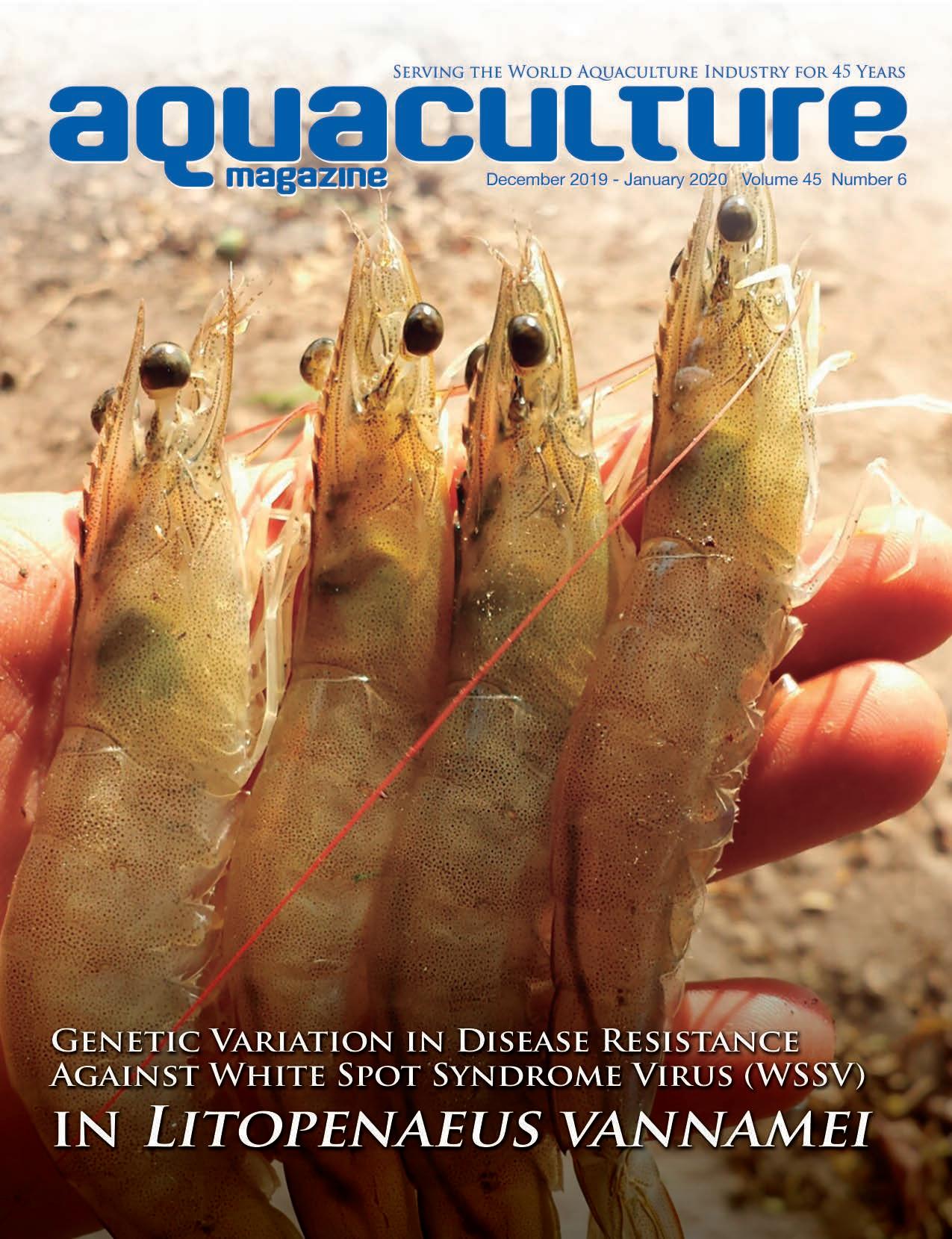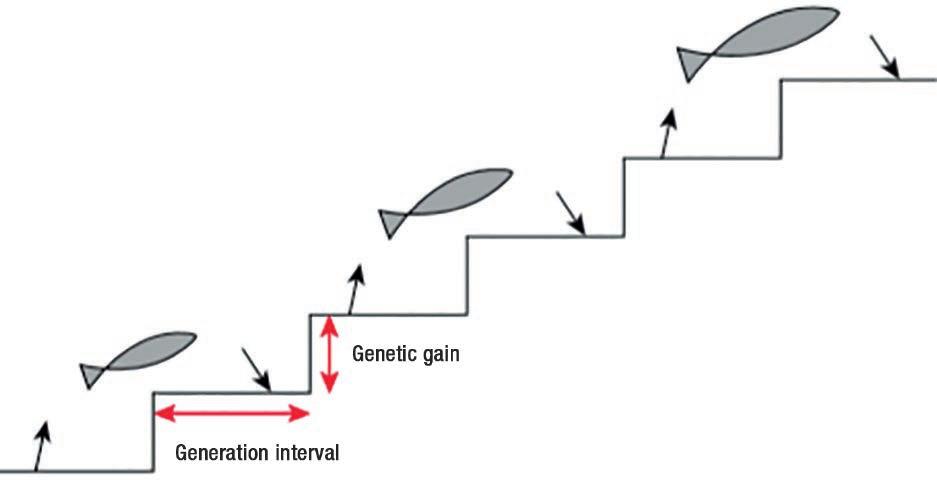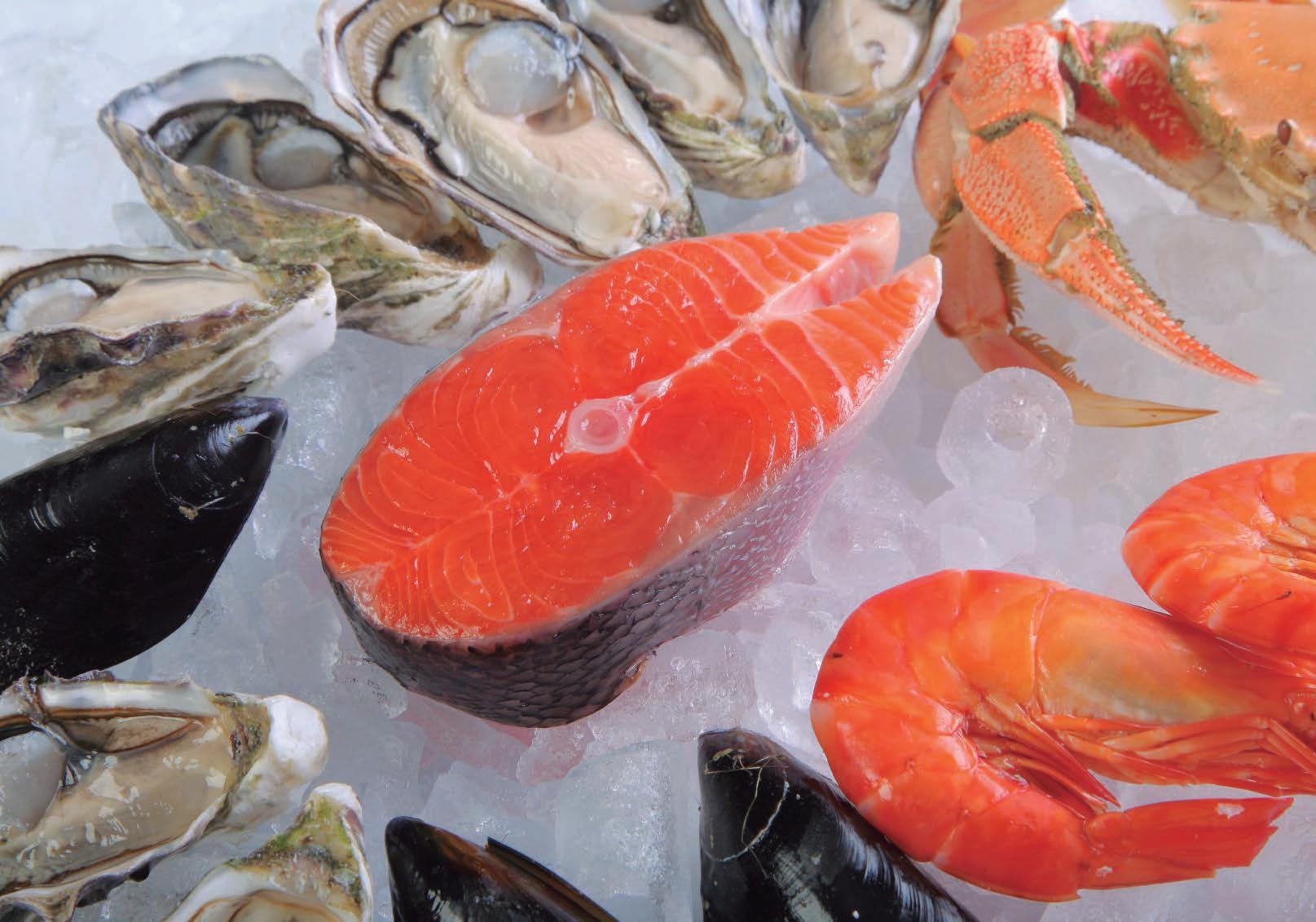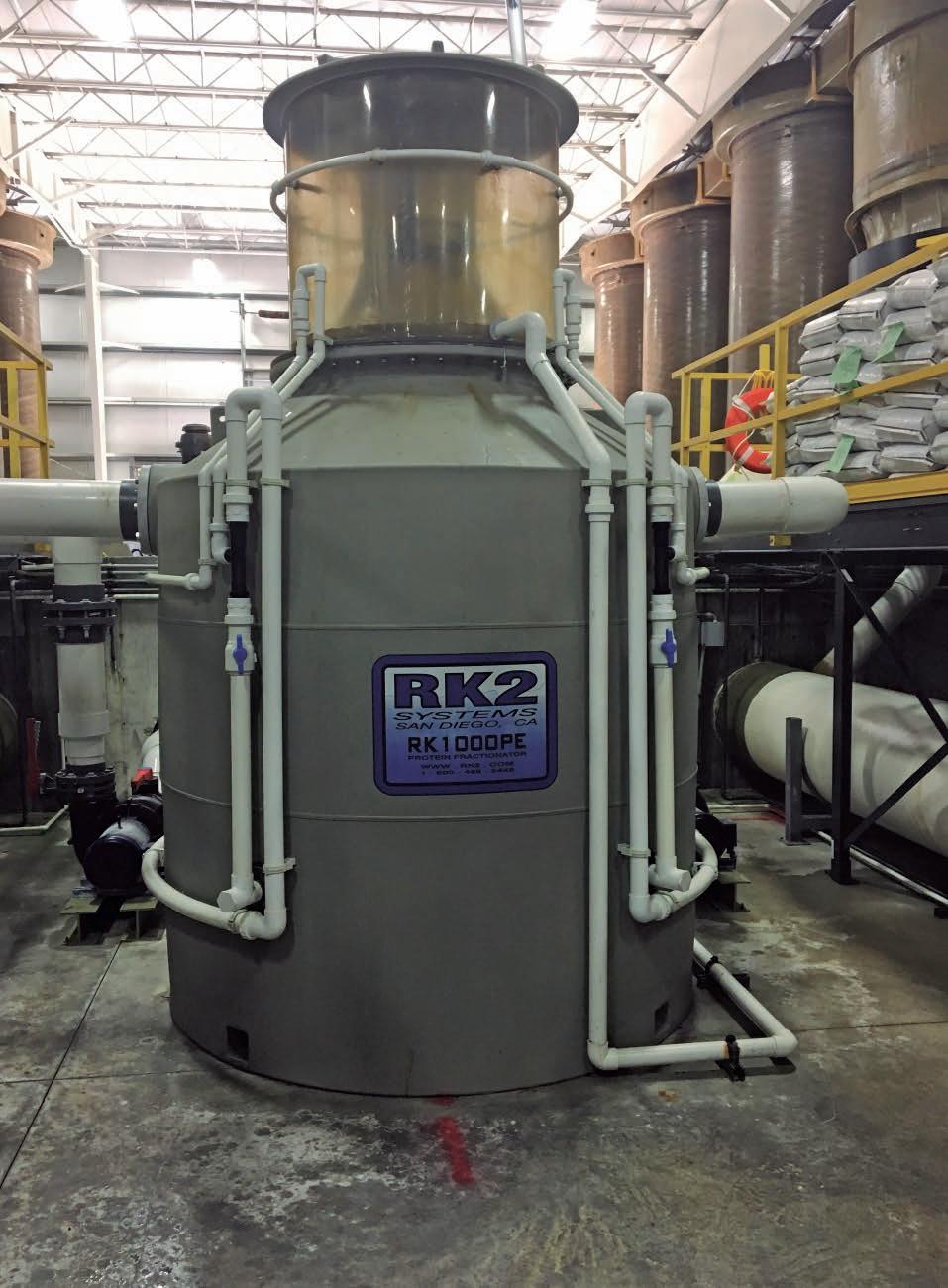
6 minute read
TECHNICAL GURU Just keep skimming…
by Amy Stone*
As marine aquaculture becomes more prevalent, there is a call for a very useful tool. Protein skimmers or foam fractionators are often used in systems to assist with small particle and protein removal. The column for this issue will focus on how protein skimmers work and their applications.
Foam fractionation is a process in which organic laden water, or system water, enters a tank or a body and inside this body, a pump or pumps inject air bubbles through the column of water. By mixing the air with the culture water, surfactants adsorb to the surface of the air bubbles by their hydrophobic ends. Small amounts of liquid are entrained between these bubbles on the surfactants’ hydrophilic ends. As the process continues, the bubbles coalesce near the top of the water column. Here, the small amounts of water begin to drain, thus allowing the bubbles to adhere together to create the foam waste. As the foam accumulates, it rises into the collection cup where it is removed from the system.
While protein skimmers can work well in both fresh and saltwater applications, we most often see them in brackish or saltwater systems. There is a substantial difference in the surface tension between freshwater and saltwater. Saltwater has higher specific gravity, (density). In turn, the bubbles produced in this higher specific gravity are denser than their freshwater counterparts. Being denser, we see a larger portion of the bubbles being created sustain their size and structure as they travel up through the reaction chamber and ultimately into the foam collection area at the top of the protein skimmer.
Conversely, freshwater bubbles have a much lower density. This results in bubbles having a tendency to stretch into larger sizes and/or collapse as they travel up through the skimmer towards the collection cup. To overcome this discrepancy, freshwater protein fractionators must have more available surface area for these bubbles to collect on. More surface area in the collection chambers helps to keep the freshwater bubbles from getting too large and/or bursting. It has also been determined that the usage of ozone inside freshwater protein skimmers helps to flocculate these particles and proteins which we are trying to remove from the water column. In my experience, I would not recommend utilizing a freshwater protein skimmer without pairing it with an ozone generator.
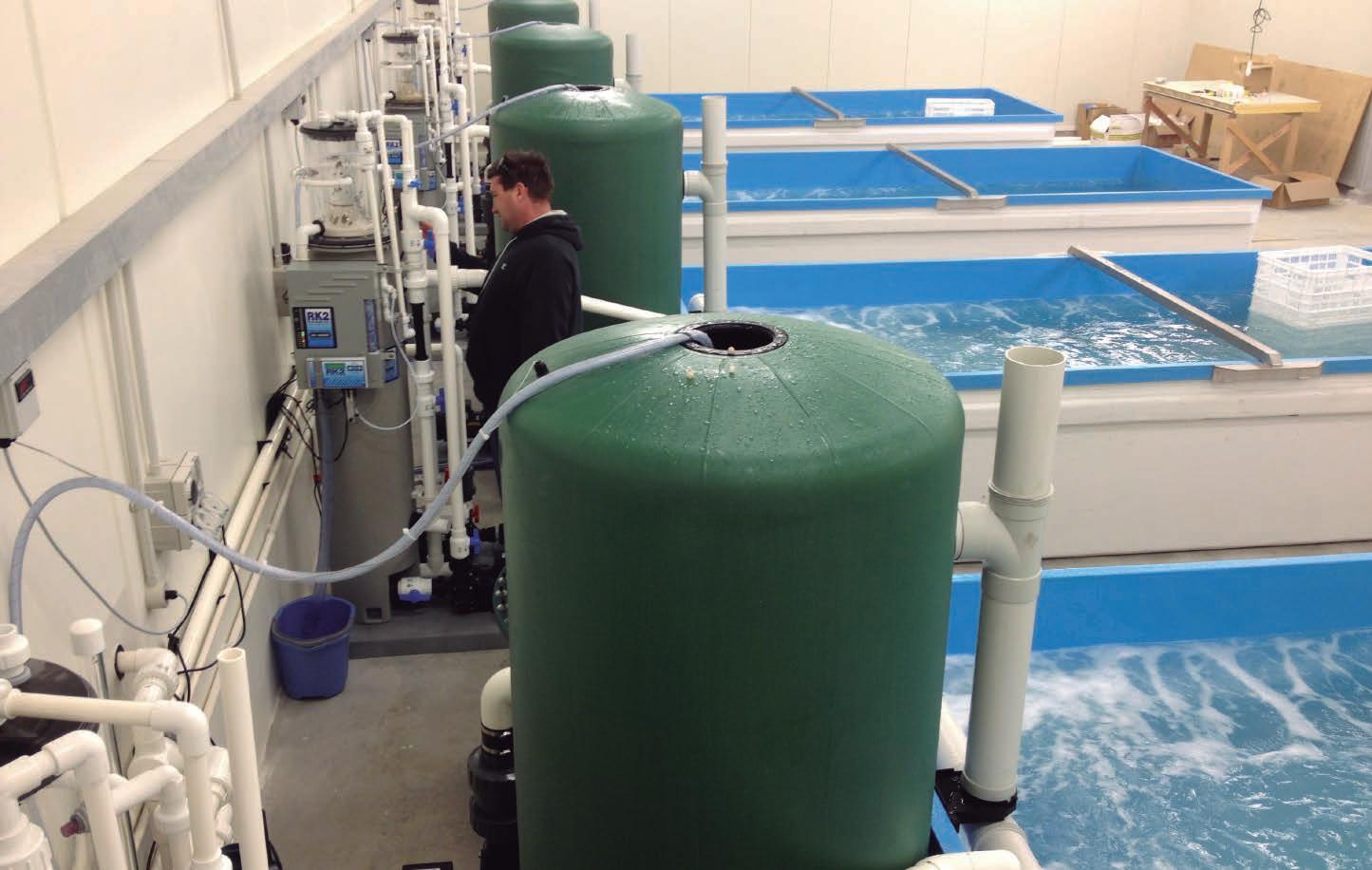
There are many types of protein skimmers that are commercially available. They range from very complicated to very simple as well as a variety of efficiencies. We will review two types of skimmer designs. While there are many variations, these are the two most common design concepts.
Co-Current Systems
Co-current is a design where the water and the air are injected at or near the bottom of the vessel and they both travel up the column together. This is the original design that we saw coming out of Europe. It is the simplest and still works well. The earliest versions used a limewood air diffuser at the bottom of the vessel. The limewood diffusers can produce very small bubbles at a relatively low cost. They aren’t as popular as they were when I first entered the business, but they still exist. Co-current skimmers are mostly seen in the home aquarium industry. We don’t often see them in production systems.
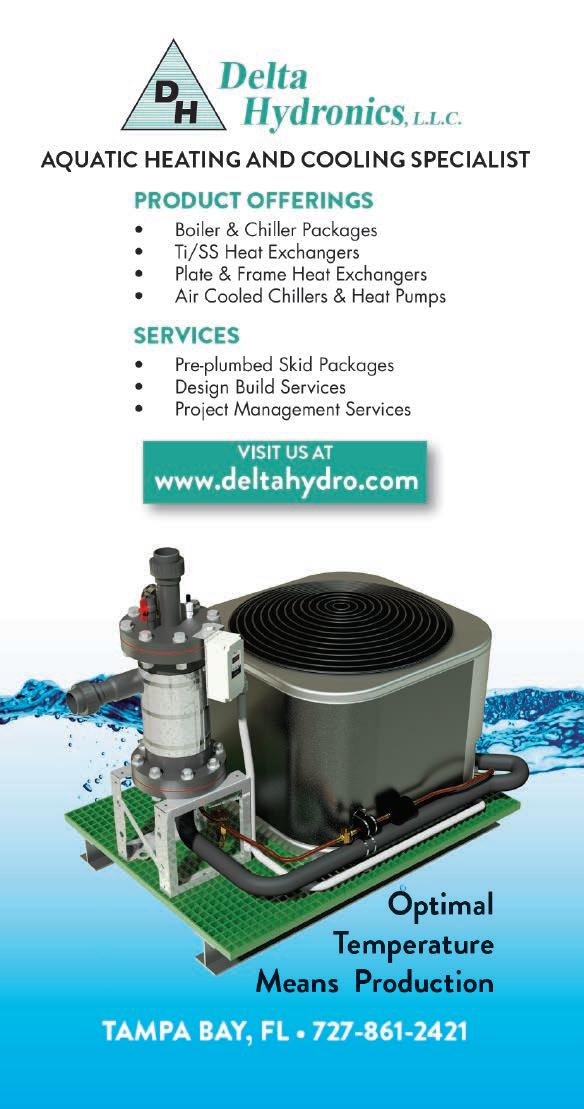
Counter Current Systems
Counter current systems are exactly how they sound. By introducing the water at the opposite end as the air source, there are added benefits of shearing and increased contact time. These are by far the most common skimmers we see in aquaculture. In most cases, the air is introduced at the bottom of the vessel and the water enters near the top.
The internal geometry of the vessel is where most brands differ. It is this geometry that forces the water to take a rigorous path which increases the time that it is in contact with the air bubbles. There is, as usual, a point of diminishing returns in regard to contact time but the average tends to be a 2-minute dwell time.
The effectiveness of a skimmer is based on the ability of bubbles to stay intact rather than collapsing. Once they collapse, the waste is concentrated which makes it heavier and harder to remove from the vessel. Efficiency is based on how much surface area is created at the air/water interface. The higher the surface area, the more waste products that can be removed.
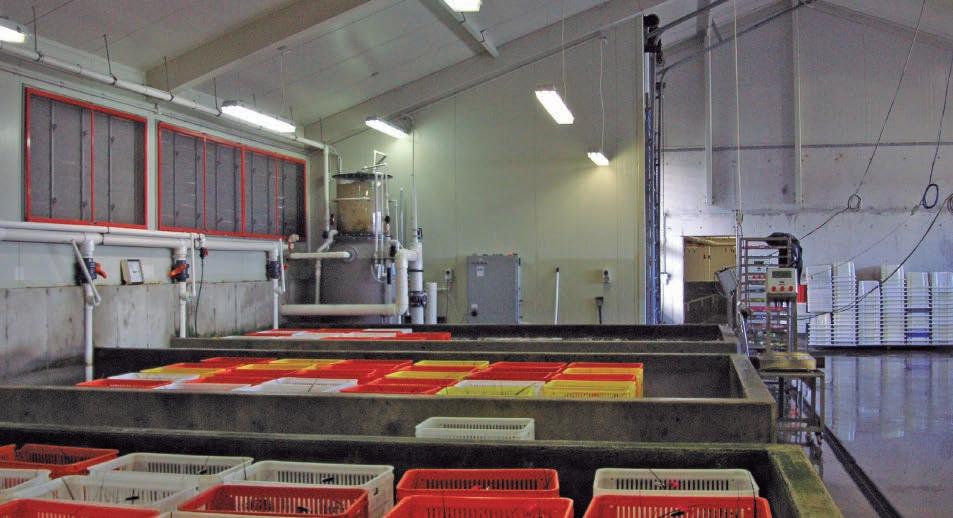
Air injection
Air injection is one of the most com- mon differentiating features of different brands of skimmers. Air can be introduced using venturis, downdraft columns, and pine wheel impeller pumps.
Venturi driven skimmers are most common. A venturi is essentially a device that is installed inline. It is designed to constrict the water flow by narrowing the passageway which then expands quickly to create a vacuum. Just before the venturi expands there is a small inlet fitting where air, oxygen, or ozone is introduced. Because the air is introduced under vacuum, it is broken into small bubbles, which is what is needed for skimmers.


Downdraft skimmers, usually used in smaller applications, introduce air through a column of media, bio balls, brushes or other devices which break up the water particles. One of the challenges to this design is that the media will get clogged over time. The designs often make it hard if not impossible to remove and clean the media.
In more recent years, manufacturers have been working towards systems driven by pin wheel impeller pumps. These systems use an introduction of air before the pump intake with an impeller that is covered in small pins which will break up the air molecules. The jury is still out on whether this design is actually more efficient than a venturi but it is available. So far, our experience has been that the pumps require more maintenance and often fail prematurely while the venturi is more reliable.

At the end of the day, skimmers are a useful tool in removing organics and excess nutrients from the system. I would like to thank Adrian Megay from RK2 Systems for providing pictures and some of the technical validation for this article.
Amy Riedel Stone is President and Owner at Aquatic Equipment and Design, Inc. She was formerly a Manager at Pentair Aquatic Eco-Systems, and she studied Agriculture at Purdue University. She can be reached at

